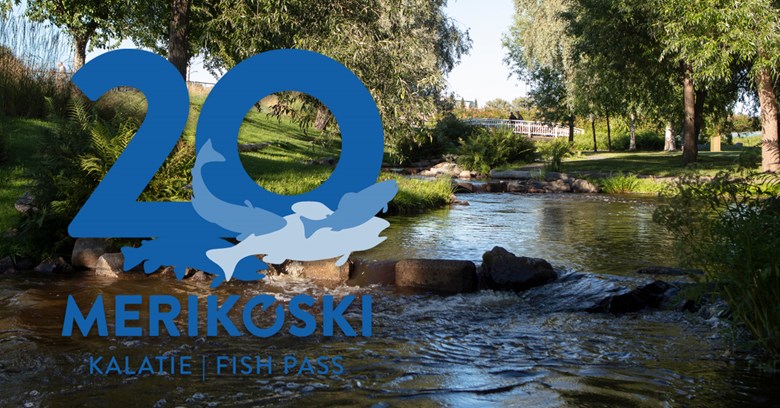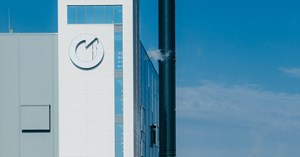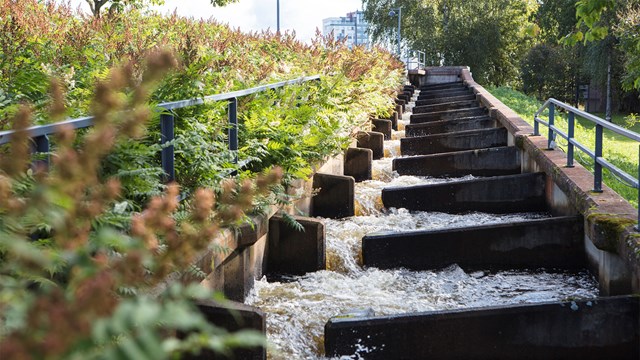Merikoski fish pass is reopening—this summer celebrates its 20-year journey
Water supply to the fish pass bypassing the Merikoski power plant will begin on Friday, 5 May 2023. At the same time, a live stream of the fish will also be launched on Oulun Energia’s website.
The migrating fish species will be determined and the number of individual fish counted using a fish counter installed at the end of the fish pass that will remain unseen to the public. Information about each previous week’s migrating fish will be published each Tuesday on our website.
Watch the fish stream from 5 May or check out our online material about the fish pass.
The fish pass was introduced on 25 June 2003—what has been achieved over the years?
Construction work for the fish pass bypassing the Merikoski power plant was completed in June 2003. The decision to actually construct the fish pass in Merikoski was first made as early as at the end of the 1980s, but at that time the project was abandoned for economic reasons. New surveys for its construction began in 1999 and the construction work started in 2002. The construction of Finland’s longest fish pass cost a total of EUR 1.2 million.
The most visible part of the fish route past the power plant is the fish pass consisting of three sections, the lowest part of which is located in Merikoski’s old bundle driving channel. The middle section passes through the ornamental pool and the final ascent is a serpentine stream-like section in the Hupisaaret Islands park.
The Merikoski fish pass project initially had three clear objectives. The main objective was to let the fish, and especially the commercially valuable fish, migrate past Merikoski to the Oulujoki river. Another important objective was to increase the scenic asset of Hupisaaret. The third objective was to provide a permanent research location for researching fish passes.
20 years later, we can say that the objectives have been achieved. The winding fish pass that makes its way through Ainolan puisto and Hupisaaret Islands city park has become a well-known landmark and an urban living room. In nineteen years, over 15,000 salmon and over 2,800 trout have migrated up the fish pass. The area has also been subject to extensive monitoring of migratory fish by the Natural Resources Institute Finland.
It is our honour to celebrate the 20-year-old fish pass. We will be sending out more information on the events and themes we have organised in honour of the anniversary during the upcoming summer.
The planned public opening times of the fish pass observation point this year are as follows:
24–26 August from 11 a.m. to 5 p.m. Presenter: Päivi Rintamäki, fishery biologist, PRIK-palvelut
31 August to 2 September from 11 a.m. to 5 p.m. Presenter: Päivi Rintamäki, fishery biologist, PRIK-palvelut
If at some point there are an exceptionally large number of migrating fish, we will open the fish pass to the public if possible. We will announce such openings on our social media channels.






